Review of the Faber-Castell Graf von Faber-Castell Intuition Platinum Wood Ballpoint Pen
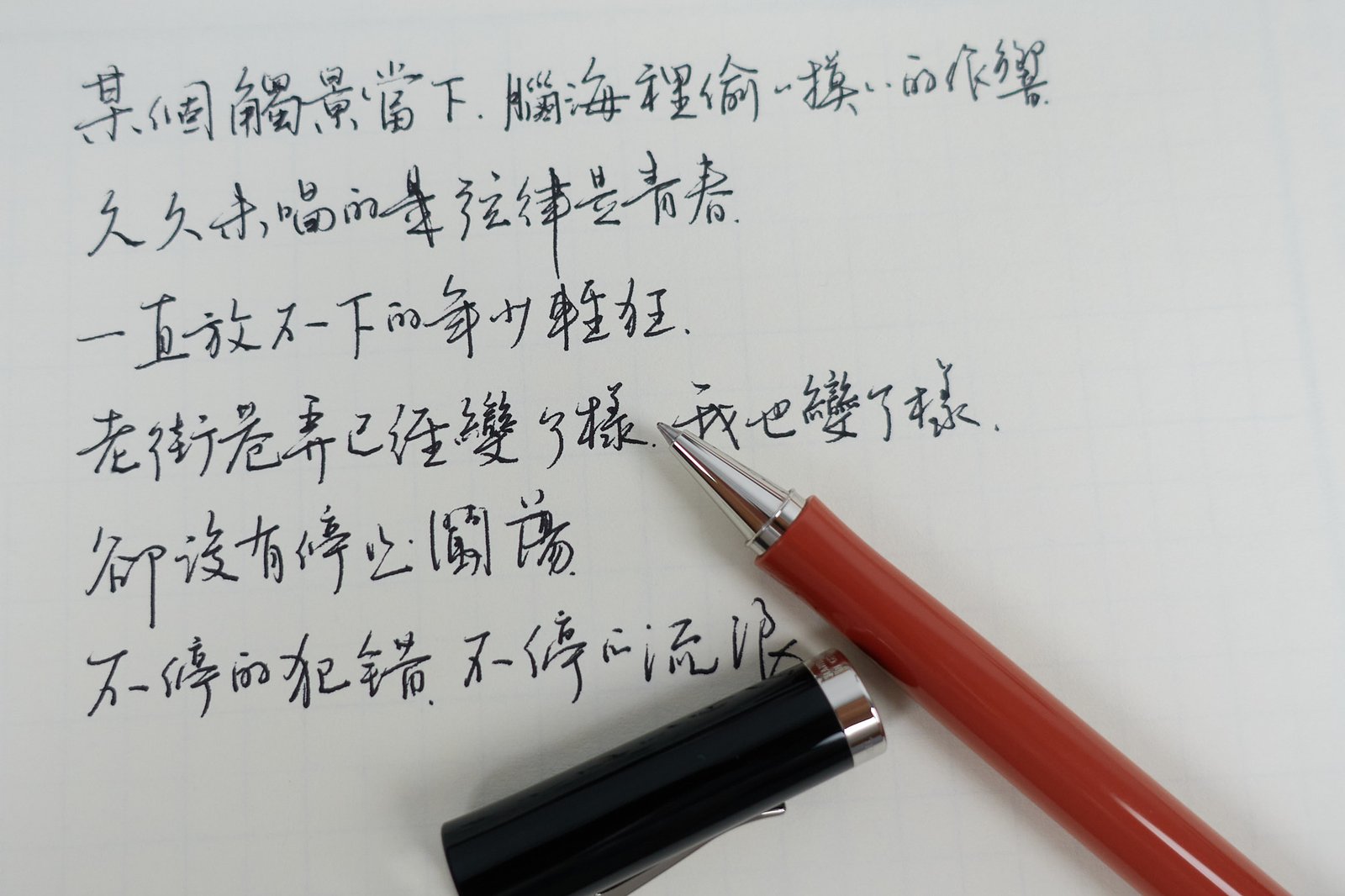
Review of the Faber-Castell Graf von Faber-Castell Intuition Platinum Wood Ballpoint Pen | For Fountain Pen Enthusiasts
Today, I’m introducing a Faber-Castell Graf von Faber-Castell ballpoint pen. This pen was actually unboxed earlier by our team member Ellie, but today I’ll give you a detailed review.
First, let me clarify—this is purely a content share, with no purchase links. On one hand, this pen is extremely expensive, with an original price of $325 USD. Even if it were available for sale, very few people would likely be willing to buy it. On the other hand, I only have one of these pens—it was a single unit from the Faber-Castell supplier’s inventory, and I managed to get it at a price I couldn’t refuse. I’m keeping it for my personal collection.
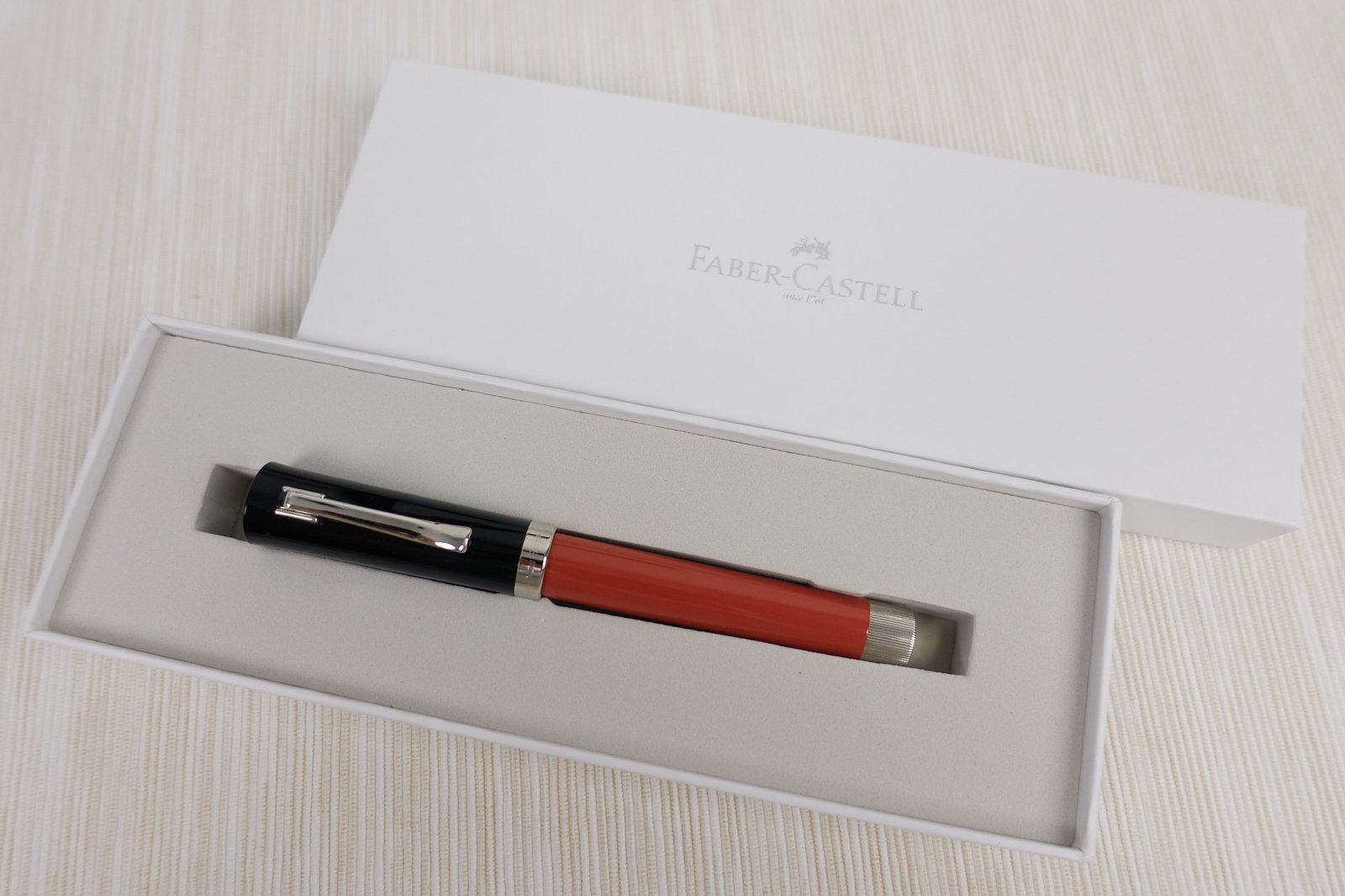
The Faber-Castell Graf von Faber-Castell Intuition Platinum Wood series is the highest-end line within the Graf von Faber-Castell product range (excluding limited-edition annual pens).
Why is it called "Platinum Wood"? As you may know, wooden pen barrels are a distinctive feature of Faber-Castell pens. The name "Platinum Wood" not only refers to the wooden barrel but also indicates that all visible metal components on the pen are plated with platinum. Naturally, this ballpoint pen is no exception.
The box shown in the photo is not the original packaging for this pen. It’s just a standard Faber-Castell retail box. But that’s not important.
When you take the pen out, its appearance is very sleek yet elegant and stylish.
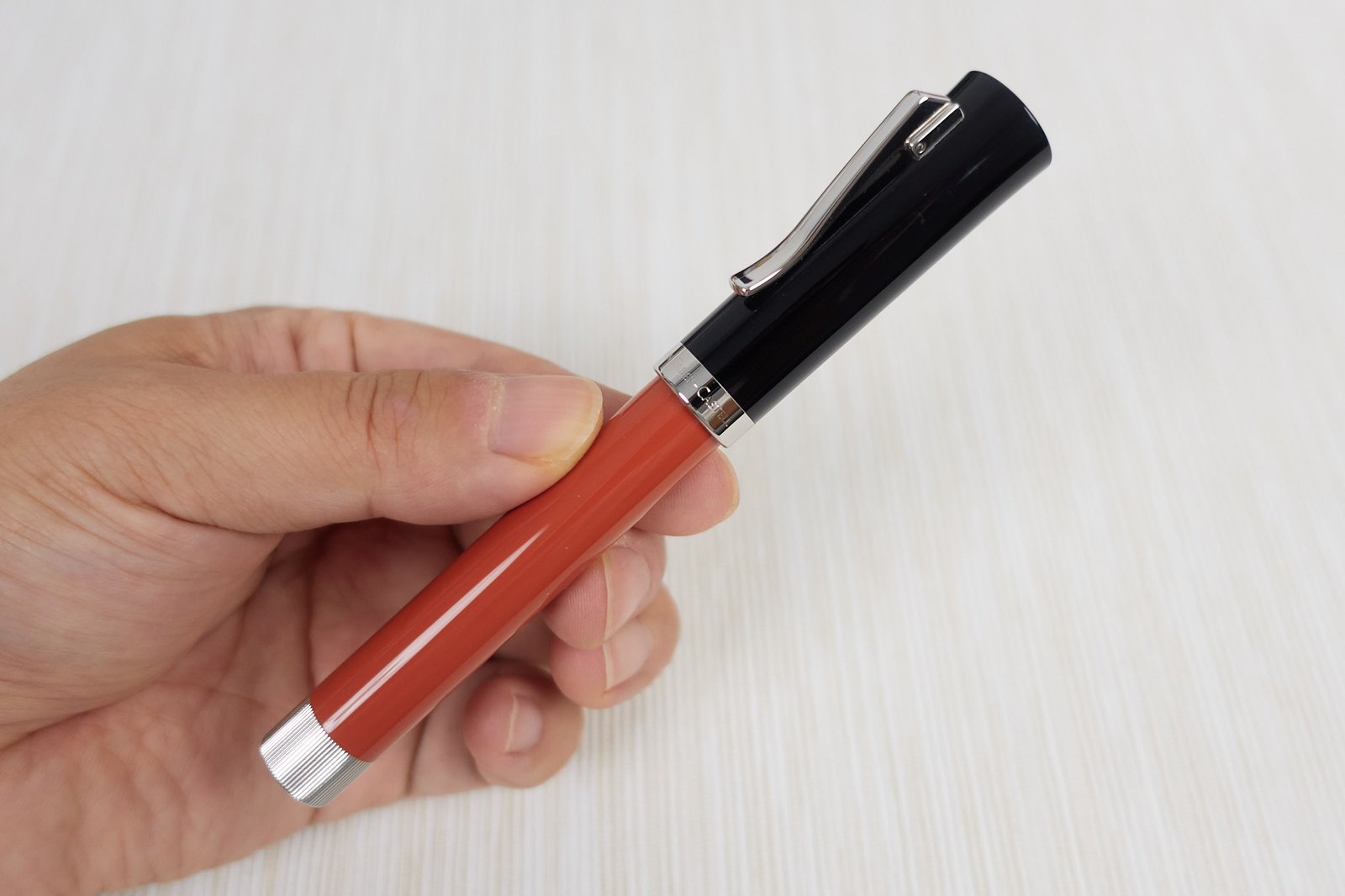
The iconic Faber-Castell clip is present. As mentioned, all visible metal parts on this pen are platinum-plated, including the clip.
On the pen ring, you’ll find the "GVFC" engraving (Graf von Faber-Castell) as well as the words "Made in Germany by Hand."
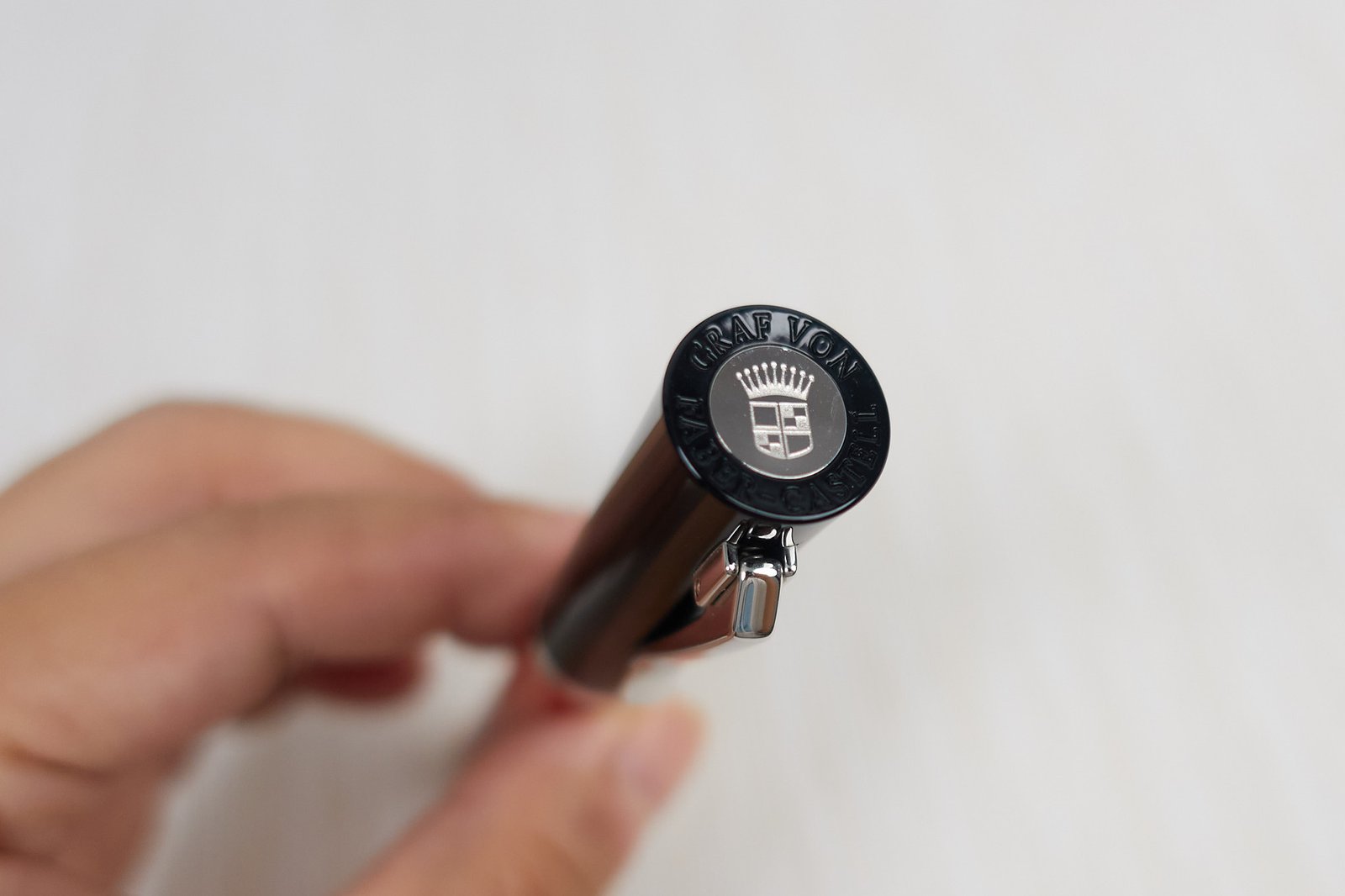
To be honest, I couldn’t find any official information on the material of the pen barrel because this model has been discontinued for quite some time, and its product page has been removed from the official website, leaving very little documentation. Based on my experience, I believe the cap and barrel are made from high-grade resin.
The Faber-Castell logo on the cap’s top and the barrel features the "GVFC" marking along with the Faber-Castell family crest.
For comparison, the regular Faber-Castell product line uses the "Faber-Castell" logo (with two knights), whereas the Graf von Faber-Castell series uses "GVFC" and the family crest logo.
The threading design on the barrel is beautifully executed.
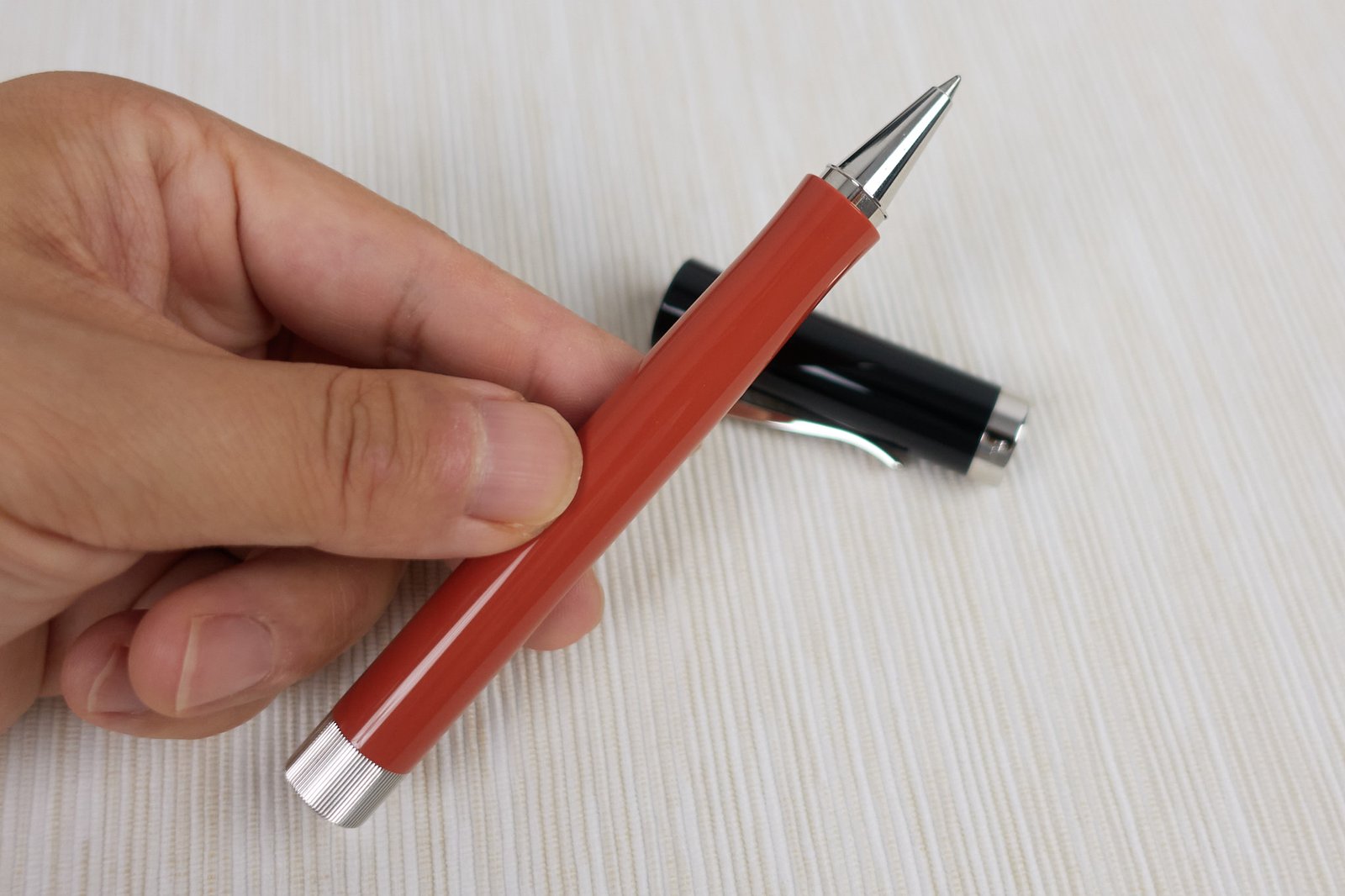
When you open the cap, you’ll notice a slight tapered curve at the grip section, giving it a clean and aesthetically pleasing look.
The pen tip—well, there’s not much to say about it…
The cap closed on the barrel
One thing worth mentioning is that when you first put the cap onto the barrel, it may feel like the fit isn’t perfectly snug—the cap seems slightly loose.
However, as you push it further down, once the pen ring passes the threaded ring at the end of the barrel, you’ll find that the cap and barrel fit together perfectly tightly. The pen ring doesn’t touch the red resin barrel underneath, preventing any potential scratches.
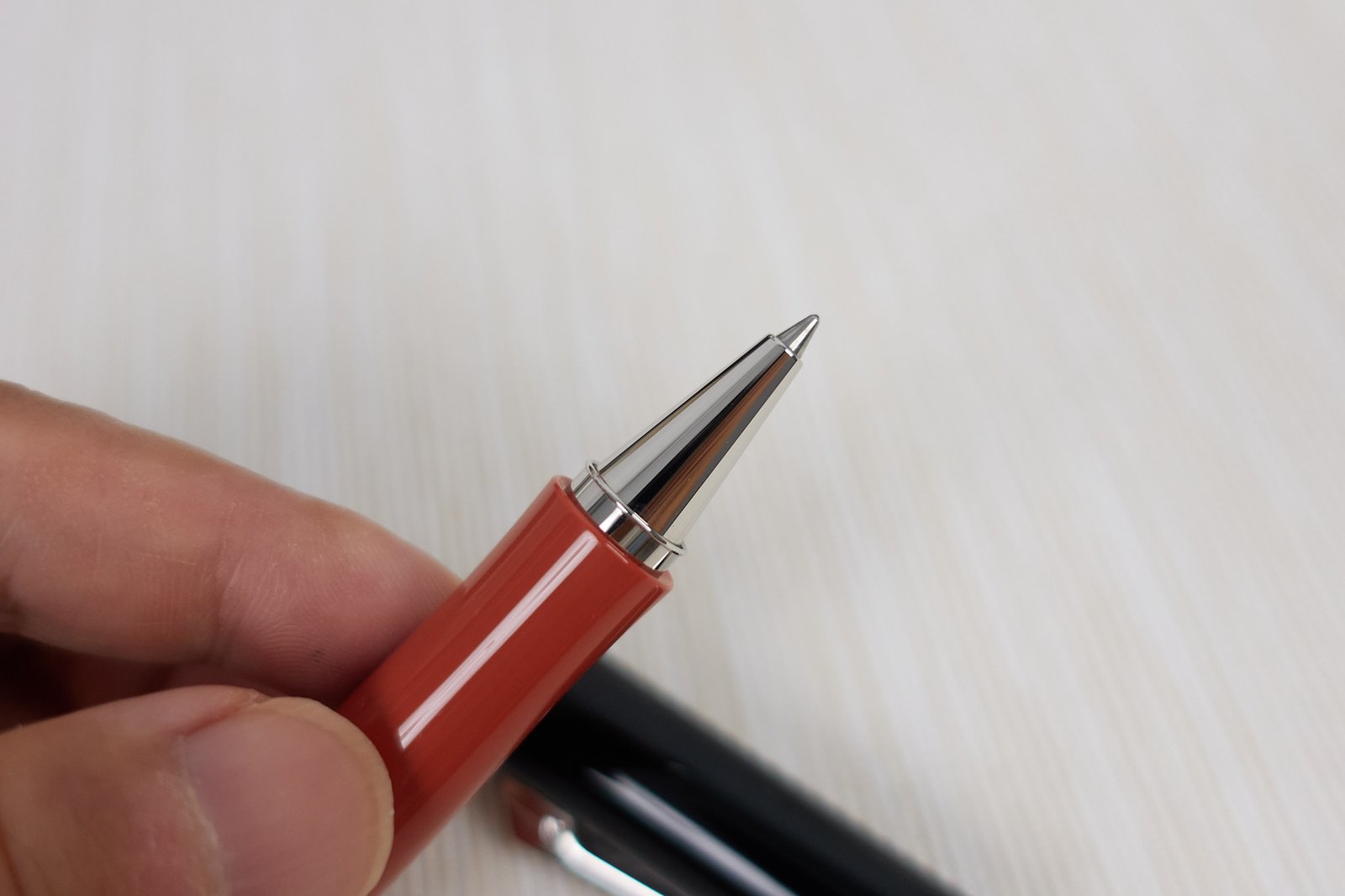
This is a design consideration that many could think of, but achieving such precise manufacturing control and consistency in mass production is truly impressive.
The barrel’s end cap is made of aluminum alloy, with its internal threads left unplated, creating a contrast with the platinum-plated external stripes.
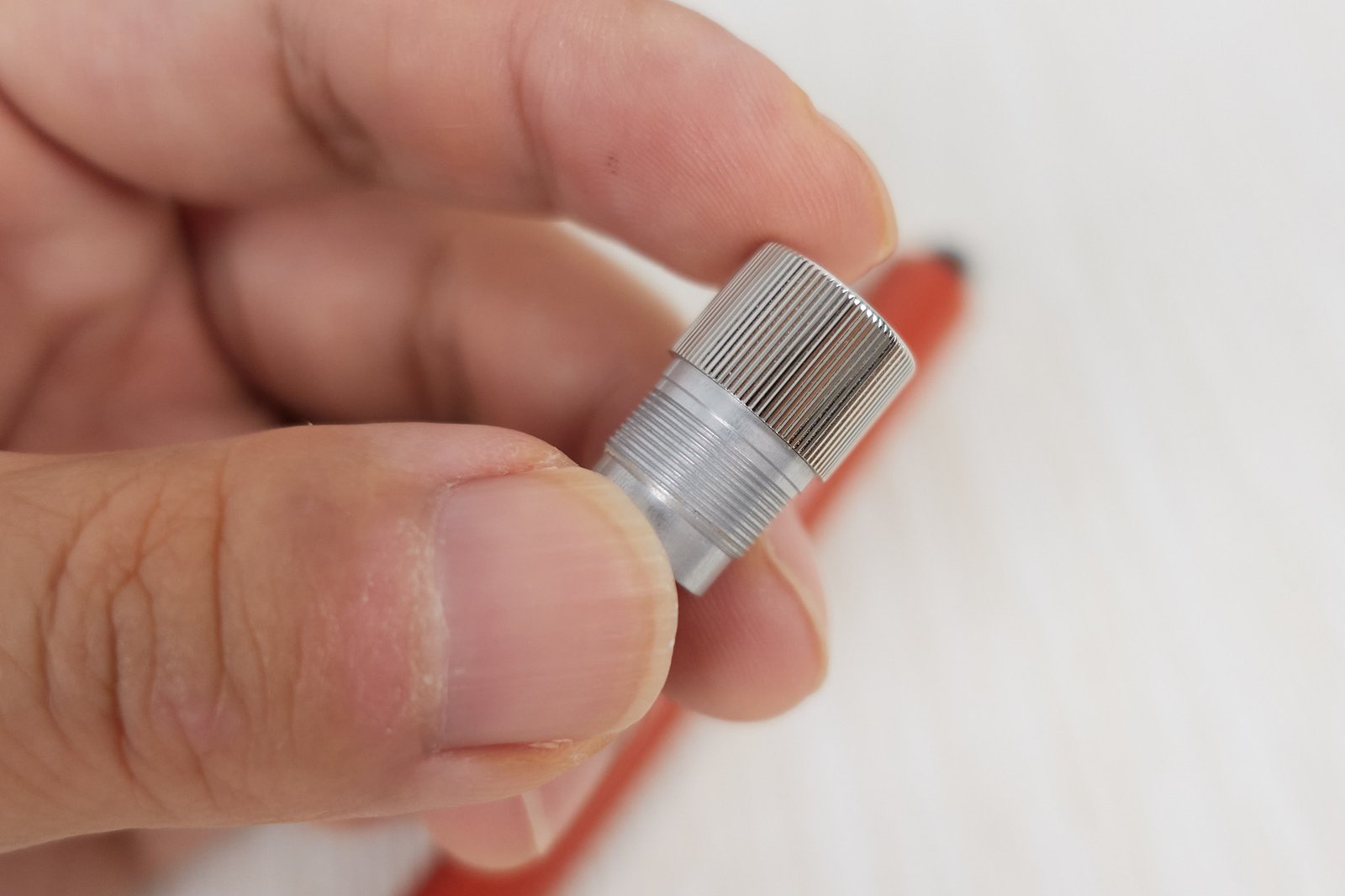
Additionally, the ballpoint refill is very thick—it’s a proprietary refill designed specifically for Graf von Faber-Castell pens, even thicker than a standard ballpoint refill.
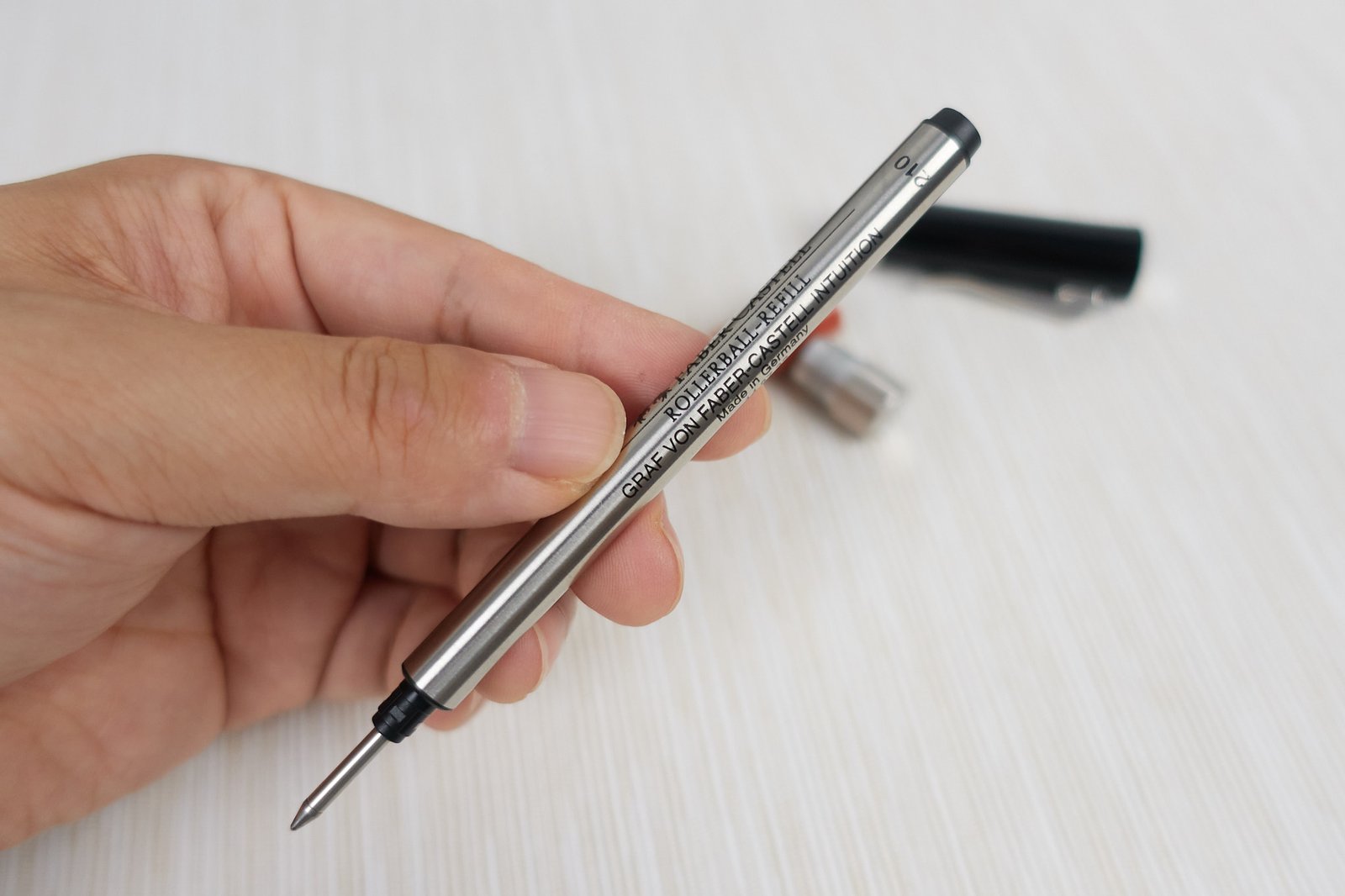
According to the product description, the refill tip is made of ruby (.
So, this refill is also very expensive. When the Faber-Castell supplier pitched this pen to me, they specifically mentioned that they had already installed a brand-new refill—and that the refill alone costs about $10 USD.
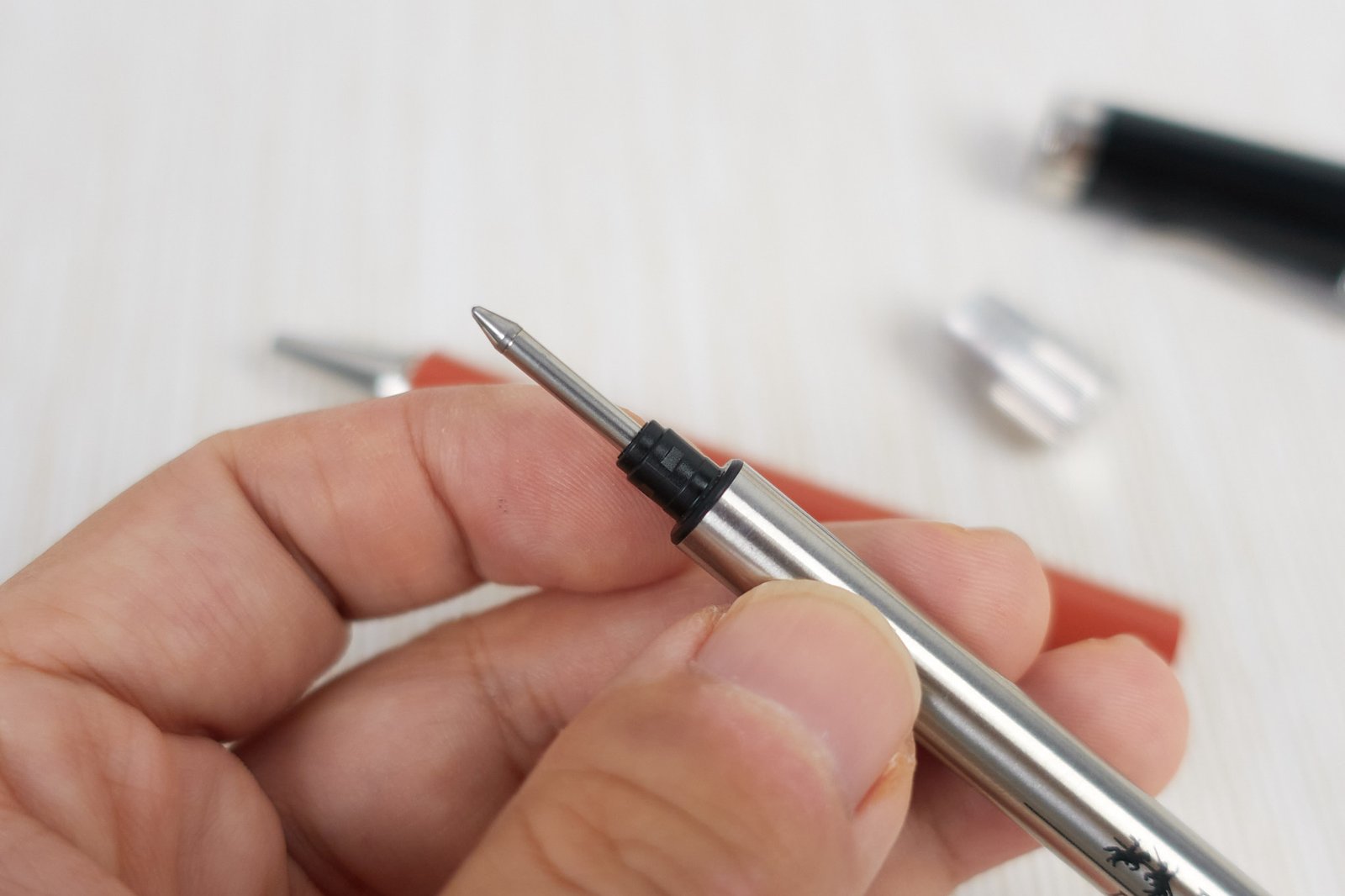
I previously thought that Parker’s GEL refill was the most expensive ballpoint refill (which costs 60 RMB), but Faber-Castell’s is even pricier.
The front end of the refill—usually, especially in lower-end products, a spring is used inside the barrel to keep the refill stable and prevent wobbling. This design is very common, at least ensuring the refill doesn’t move up, down, or sideways. Why is this done? Mainly to compensate for manufacturing tolerances between the refill and the barrel. Even if the internal length of the barrel varies slightly, the spring can adjust for it.
But Faber-Castell didn’t use a spring—the refill is inserted directly, yet it fits extremely well.
Similarly, once the refill is inserted into the barrel, it’s already centered. From this angle, you can also see how thick the refill is—it almost occupies most of the barrel’s internal space. Then, you just screw on the end cap, and you’re done.
From the previous descriptions, you can tell that the structure of this pen is incredibly simple.
If someone in China wanted to copy this pen, it would be very easy—just mold a pen tip, a barrel, a cap, add a metal ring and a metal end cap, plus a clip, and you’re done. To the user, except for the threading on the end cap, everything else looks simple, with no visible threading elsewhere.
But the challenge lies in manufacturing all these components with high precision and ensuring they fit together seamlessly. Just achieving the perfect concentricity of the barrel is something that most pen manufacturers in China may not be able to accomplish with their current equipment.
So, this Faber-Castell Graf von Faber-Castell Intuition Platinum Wood ballpoint pen—you might say it’s expensive, and you may not agree with its high price—but it truly has its justification.
Previously, I thought Parker’s GEL refill was the smoothest-writing ballpoint I’d ever used. But after trying this Graf von Faber-Castell pen, it’s also very smooth—yet with a certain controlled feel, making writing extremely comfortable.
Of course, not everyone can notice the differences between various ballpoints, especially since many gel pens cost just one or two RMB each. No matter how well they write, some may not see why premium ballpoints should cost so much.
But everyone has different preferences and pursuits. The world is full of diversity—we don’t necessarily have to accept everything, but we can at least embrace it with understanding.
It’s truly a pen worth collecting.
After all, its price is something I can afford... ()